There’s nothing better than a loaf of fresh baked bread, especially when you use a sourdough starter you’ve made or received from a friend. If you’ve always wondered how to get started, you’ve come to the right place!
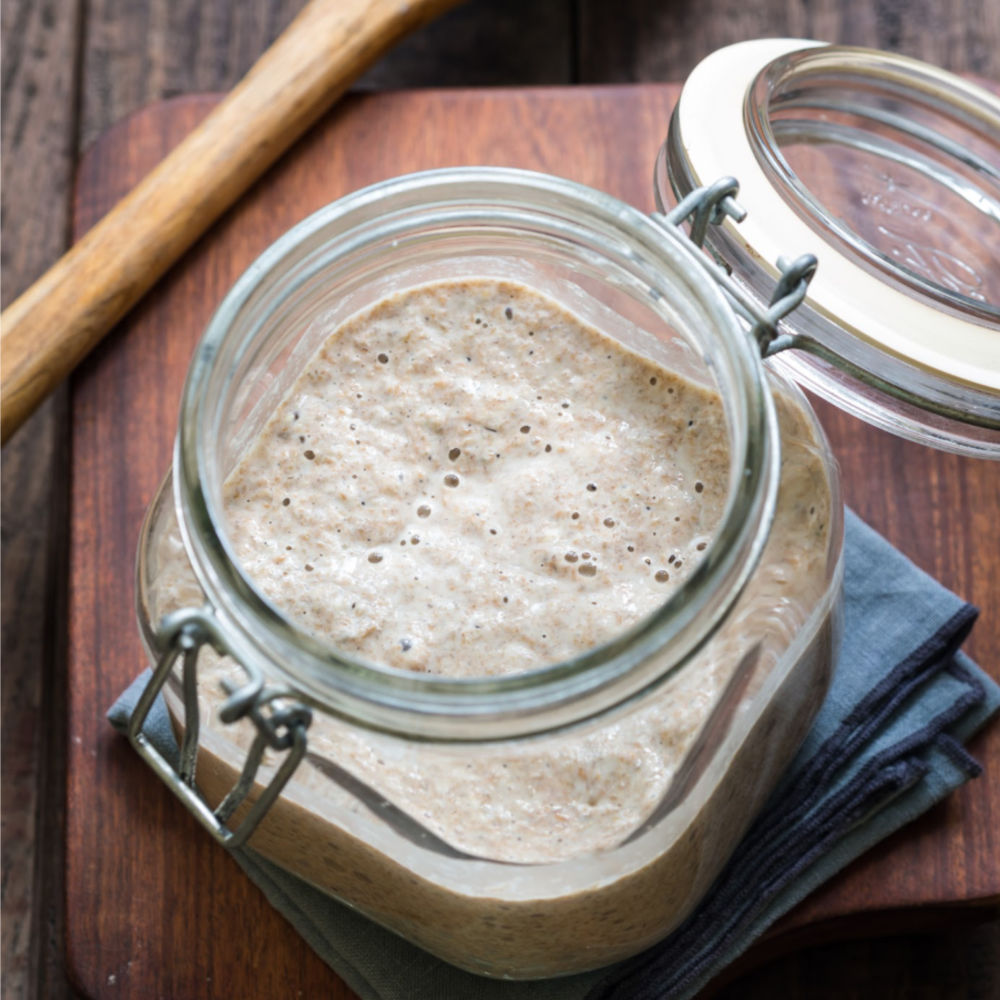
What is a sourdough starter?
A sourdough starter is made from flour and water which, when mixed together at the proper ratios and left to ferment for a period of days, becomes a naturally-occurring leavener you can use in many baked goods.
A good sourdough starter takes the place of commercial yeast. Once you’ve made your starter (or if you’re maintaining a starter given to you by a friend), the lactobacilli and wild yeasts in your starter continue to grow every time you feed it. A healthy sourdough starter can live on your countertop indefinitely, and is known to be passed down from generation to generation. The “sour” tang is the result of acids from the lactobacilli culture.
Sourdough starters can be finicky and rely on the right environment to thrive. If you haven’t had luck starting your starter from scratch or if you want a short cut, try my easy sourdough starter recipe which uses commercial yeast to get going.
How does this differ from Amish Friendship Bread starter?
At the Friendship Bread Kitchen, we love sharing recipes you can make with 1 cup of Amish Friendship Bread starter, a sweet sourdough starter that gets a little help in the beginning with a pinch of commercial yeast. Amish Friendship Bread starters are known as “no-fail” starters in that you’re giving the starter a boost with extra sugars. The most common recipe made from this starter is a sweet, sugar-cinnamon bread, similar to a quick bread. You can easily convert a sourdough starter into an Amish Friendship Bread starter, or a traditional sourdough starter into an Amish Friendship Bread starter, simply by shifting to the feeding and maintenance rules for the starter you want to make.
Now, the main reason people come here is to create an Amish Friendship Bread starter and find recipes to use it. However, there are a lot of times that we can interchange a traditional starter with an Amish Friendship Bread starter (and times we can’t!) and so it was time to help our readers understand the difference and also how to create their own sourdough starter! And remember: the main reason to create any starter is to foster community and to remind ourselves how we can help take care of one another.
Other Types of Sourdough Starters
There are different kinds of sourdough starters in addition to a traditional sourdough starter and Amish Friendship Bread starter, including a potato flake starter and a 28-day fermented fruit Amish Friendship Bread starter. What these starters and a traditional sourdough share in common is they all need to be continuously maintained (though you can freeze your starter in many cases) and are a wonderful way to share what we have with others.
Making and Maintaining Your Sourdough Starter in a Nutshell
Day 1: Make your sourdough starter.
Day 2: Add more flour and water and stir.
Day 3: Keep 3 tablespoons of starter and feed it. Use the rest to start a discard jar.
Days 4-7: Repeat Day 3, but twice a day/12 hours apart.
By Day 7, your starter should be doubling at every feeding! Use a rubber band to track your progress.
What Can I Make With Sourdough Starter?
A standard loaf of sourdough bread is sure to accompany any of your favorite dinners. I also love to slather a thick slice with butter and jam and call it breakfast. It’s also important to note that you will maintain a jar of discard as you feed your starter, so watch our for recipes that use fed starter, and ones that dip into your discard.
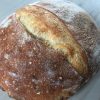
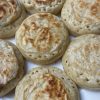
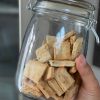

How to Store Your Sourdough Starter
You can keep your starter on the counter in a warm place if you’d like to feed it every day. If you would like to bake with it once a week (or any other timeframe) the best place to store it is in the fridge. Putting it in a cold environment won’t kill your starter, just make it dormant or “sleepy”. The day before you’re ready to use it just take it out, let it come to room temperature (a couple of hours) and then feed it to “wake it up”. You want to place it in the fridge an hour or two after feeding it, and it can last a few weeks in there.
Sourdough Starter Q&A
Why does my starter smell bad? What should it smell like?
If your starter smells bad this is a sign that it is hungry. A healthy starter should smell like yeast.
Why is there water on top of my starter?
This is often referred to as “hooch.” It means your starter is hungry! Once it has been fed this should go away. If there is a lot on the top you can pour it off. If it’s a small amount you can just stir it in.
What do I do with the discard?
You don’t need to toss the discard. You can keep a jar in the fridge and add to the discard and use it for other recipes. Just only use discard from a healthy starter.
What if my starter isn’t rising?
It may need extra feedings. Try feeding it 2x a day until it rises.
When can I bake with my starter?
When it doubles in size after a feeding and it has passed the “float test.”
Can I use other types of flours?
Any grain-based flours will work such as rice, rye, spelt or wheat. But bread flour works the best and is the easiest to get a reliable starter with.
Other Types of Starter
If you want to jump right in faster and use commercial yeast, you certainly can! This gives you a no-fail starter so you can get baking fast and have great results. Also, once you have your healthy sourdough starter ready, you can convert some of it to Amish Friendship Bread Starter. You may also want to read up on how you can substitute your regular sourdough starter in Amish Friendship Bread recipes.
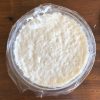
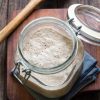
More Sourdough Resources
I am proud to share SO much information about Amish Friendship Bread here. While I do enjoy sourdough as well, it isn’t something where I know all the nitty gritty details. That’s why I’m happy to share some of my favorite resources for when you really want to get into sourdough.
- King Arthur Flour is one of the best baking resources you could ever ask for. Whether you want to learn the science behind a type of baking or you want to find the best recipes, this is it. Also, when people ask why their starter is having issues and not a lot of activity, I often ask what flour they used and recommend King Arthur Flour as a great grocery store brand to buy.
- Maurizio takes a true scientific and analytical view of baking. He incorporates family tradition into modern ideas as he is always on the quest for The Perfect Loaf. If you love the science of baking, his site is a must-read.
- The Fresh Loaf is a forum where you can get questions answered very quickly from master bakers. People love to share their knowledge and get you baking well. Just as we adore our community here, they pride themselves on the sourdough community.
- Little Spoon Farm shares recipes from a self-taught baker. Many people have leaned into baking in these times and they can find a lot of information in these pages.
- Whenever I have a question on the “why” behind a recipe or technique, I love to turn to The Kitchn. They have such a wealth of information in their writers, and always include beautiful photographs and and simple steps.
Equipment
Not everything is necessary, and you can get away with using what you have on hand to get started and make sure you enjoy the process and achieve desired results. But sometimes it’s just fun to buy some new kitchen gadgets. These will help you on your sourdough journey.
- Bench Scraper
- Bread Proofing Basket
- Dutch Oven
- Unbleached Parchment Paper
- Bread Lame
- Starter Jar
- Bowl Scraper
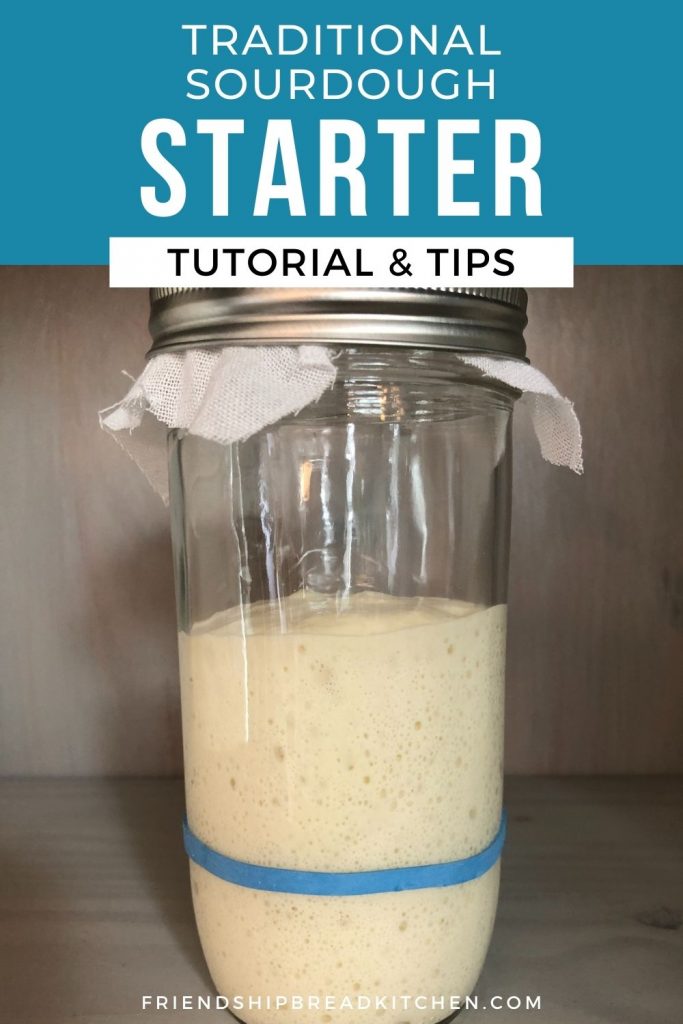
>> Have you tried this recipe? Share your best pic with us or leave a comment below and let us know how it worked for you!
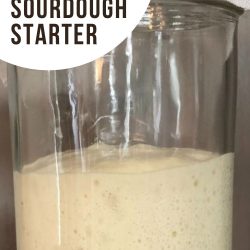
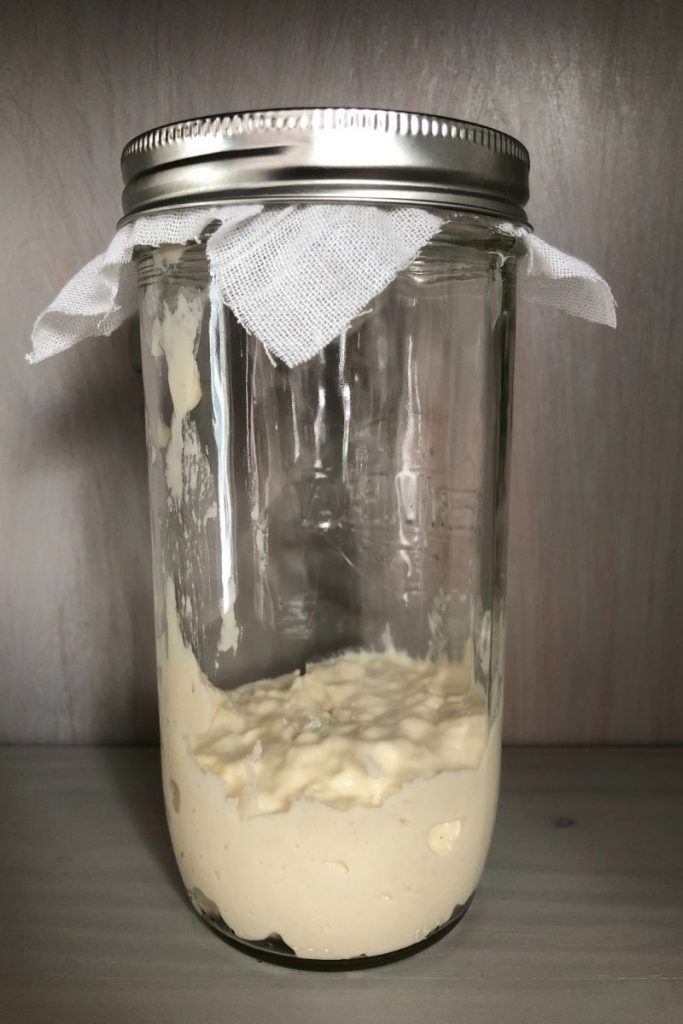
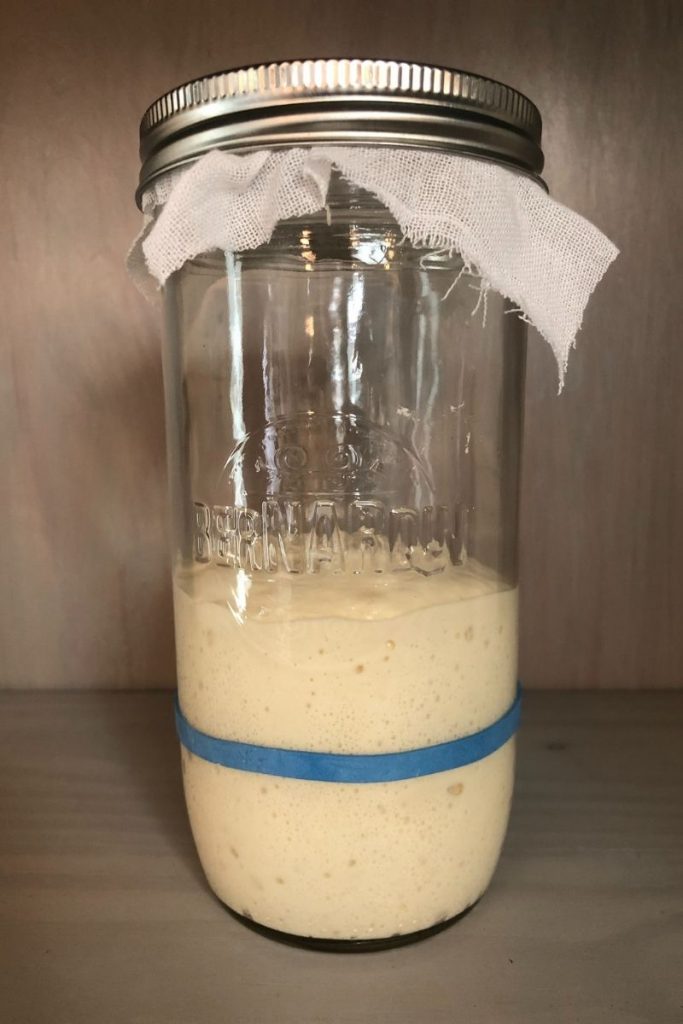
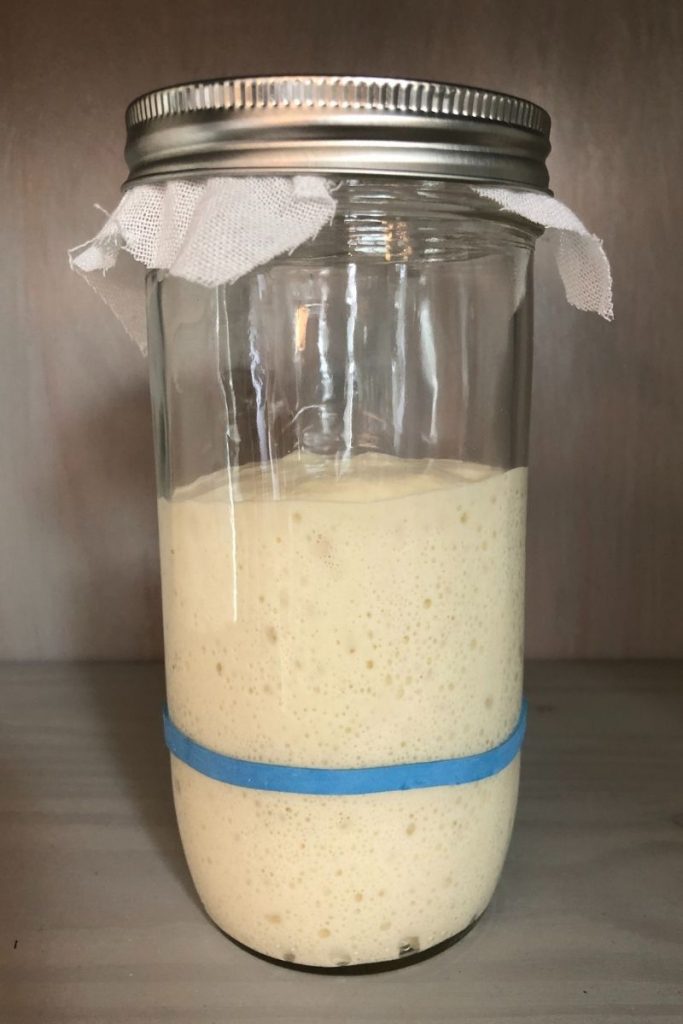
Share your thoughts